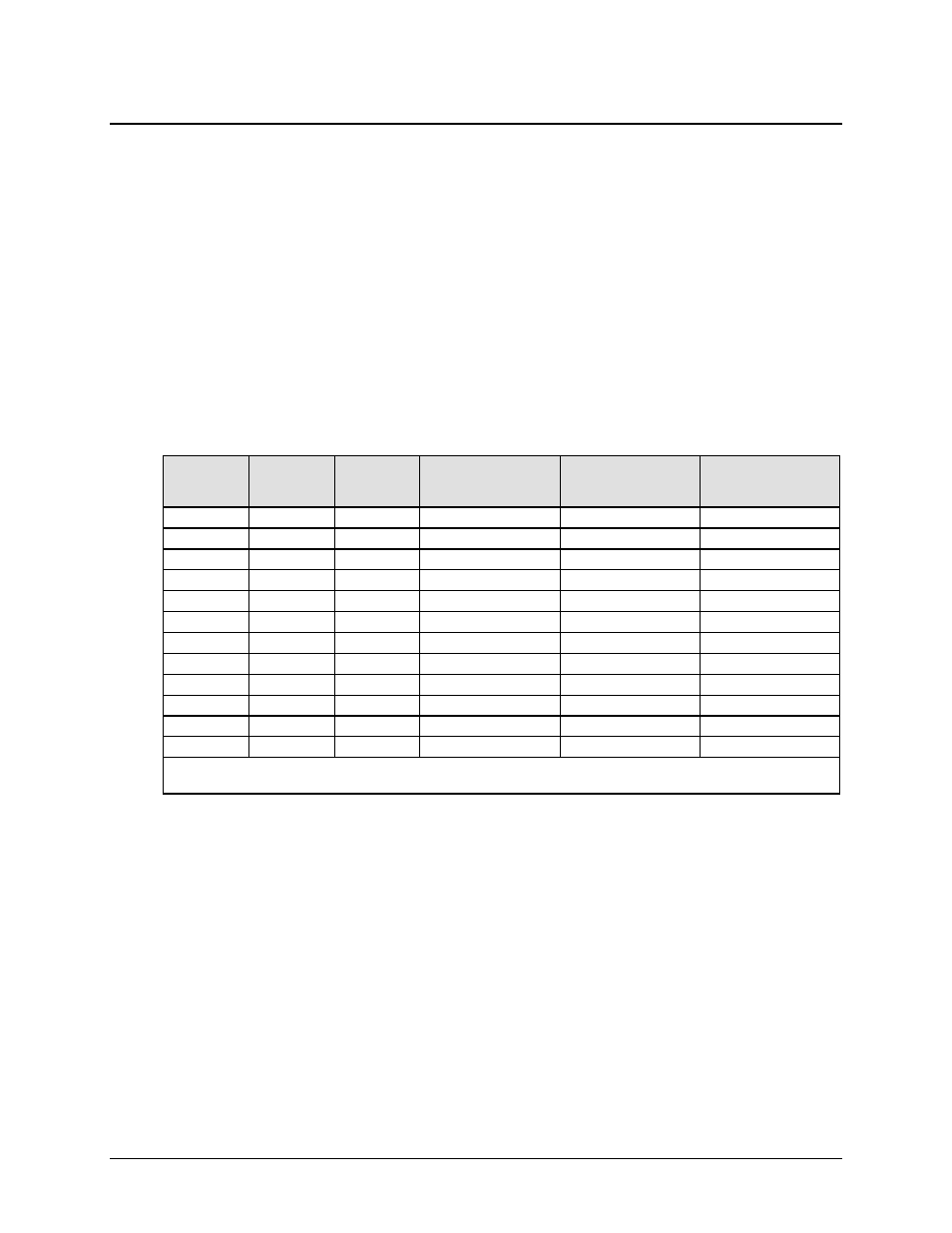7 versafec acm latency, Versafec acm latency – Comtech EF Data CDM-625 User Manual
Page 404

CDM-625 Advanced Satellite Modem
Revision 15
Adaptive Coding and Modulation (ACM)
MN-CDM625
17–8
17.7
VersaFEC ACM Latency
In an ACM system that has a number of ModCods, each having a different latency, what defines
the overall system latency? The answer is simple – the latency of the worst-case ModCod. (This
may not seem obvious to some, and it is beyond the scope of this chapter to provide a rigorous
defense of this statement. It is, however, a correct statement despite certain believers in non-
causal systems and encoders that possess the magical quality of negative latency…)
Examining the data in Table 17-2, latency for each ModCod is shown for the example of
VersaFEC ACM at a fixed 100 ksymbols/second rate. Of particular note is that even though the
ModCods span a 7:1 variation in throughput, the latency is only varying between 25 and 34
milliseconds. A careful analysis will show that this is a consequence of using a constant number
of symbols per block. In the example shown the worst-case latency for this ACM scheme is 34
milliseconds, + WAN Buffer delay (which is configurable, with a minimum value of 20ms).
Table 17-2. VersaFEC Implementation of ACM – 100 ksymbols/sec Example Case
ModCod
Modulation
Code Rate
Spectral efficiency,
bps/Hz
Bit rate (throughput)
Minimum Latency,
In milliseconds,
for each ModCod
0
BPSK
0.488
0.49
49 kbps
34 + WAN BUFFER
1
QPSK
0.533
1.07
107 kbps
32 + WAN BUFFER
2
QPSK
0.631
1.26
126 kbps
30 + WAN BUFFER
3
QPSK
0.706
1.41
141 kbps
28 + WAN BUFFER
4
QPSK
0.803
1.61
161 kbps
26 + WAN BUFFER
5
8-QAM
0.642
1.93
193 kbps
30 + WAN BUFFER
6
8-QAM
0.711
2.13
213 kbps
28 + WAN BUFFER
7
8-QAM
0.780
2.34
234 kbps
27 + WAN BUFFER
8
16-QAM
0.731
2.93
293 kbps
27 + WAN BUFFER
9
16-QAM
0.780
3.12
312 kbps
26 + WAN BUFFER
10
16-QAM
0.829
3.32
332 kbps
25 + WAN BUFFER
11
16-QAM
0.853
3.41
341 kbps
25 + WAN BUFFER
OVERALL SYSTEM LATENCY = Worst-case ModCod (ModCod0)
Latency = 34 milliseconds + WAN Buffer delay
By way of comparison, consider the same 100 ksymbols/second rate, but this time using DVB-S2. It
becomes clear that there is an unintended penalty (besides demodulator complexity) to having a
constant number of bits per block. Each time the ModCod is lowered and the throughput is
reduced, the latency grows accordingly due to the block size being related to data rate, not symbol
rate.
Remembering that, for the ACM case, the system latency is equal to the latency of the worst-case
ModCod, DVB-S2 shows a severe penalty. For 16k short blocks, this calculates to be 329
milliseconds (+ WAN Buffer delay) versus 34 milliseconds (+ WAN Buffer delay) for VersaFEC ACM.
For 64k block DVB-S2, the core latency is 4 times higher. Assuming a WAN Buffer of 20
milliseconds:
• Latency for 64k block DVB-S2 ACM at 100 ksps = 1336 milliseconds
